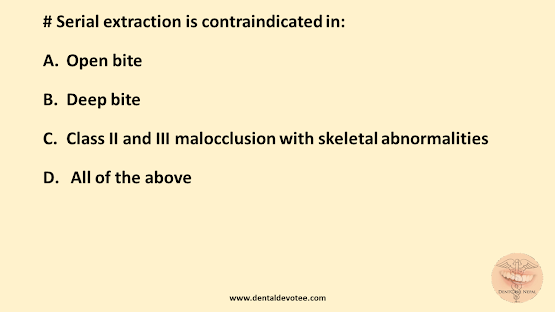# Which of the following alloys exhibit superelasticity and shape memory?
A. Nitinol
B. Beta titanium
C. Optiflex
D. Stainless steel
The correct answer is A. Nitinol.
The nickel-titanium alloys used in dentistry are based upon the equiatomic intermetallic compound NiTi, which contains 55% nickel and 45% titanium by weight. Orthodontic wire alloys contain small amounts of other elements, such as cobalt, copper, and chromium.
The alloy name “Nitinol” originally came from the two elements nickel (Ni) and titanium (Ti) and the Naval Ordnance Laboratory (NOL) where these alloys were developed. Superelasticity and shape memory are the properties exhibited by Nitinol.







